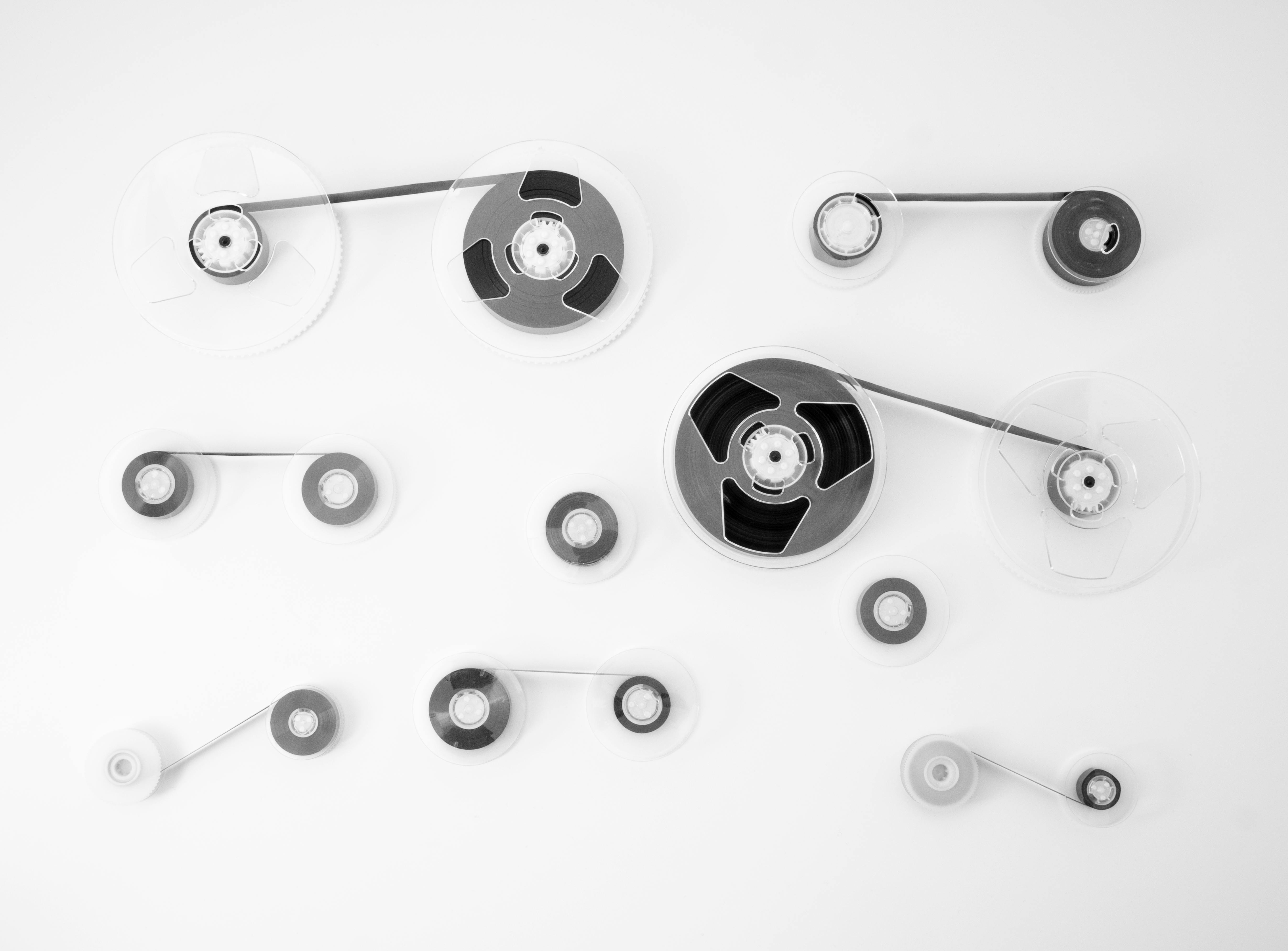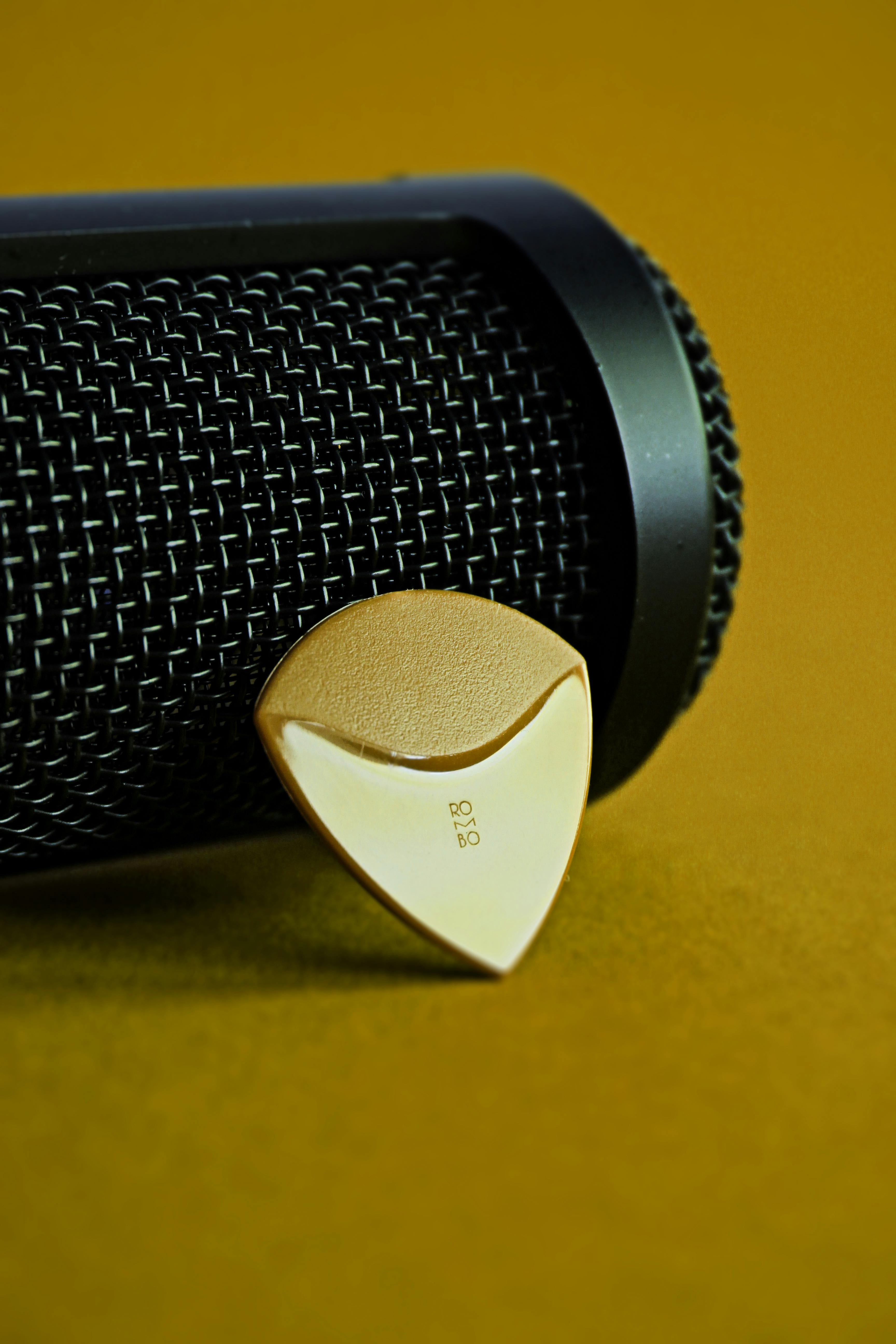In the world of podcasting, capturing clear and professional-sounding audio is crucial. That’s where dynamic processors come in. These powerful tools allow you to enhance and control the audio quality of your podcast episodes, ensuring a more enjoyable listening experience for your audience. From compressors to limiters to noise gates, dynamic processors enable you to adjust the levels, reduce background noise, and bring out the best in your voice and guests. So if you’re looking to take your podcast to the next level, it’s time to explore the role of dynamic processors and how they can elevate the quality of your content.

Introduction
Welcome to the world of podcasting! Whether you’re a seasoned podcaster or just starting out, it’s important to understand the role that dynamic processors play in creating high-quality audio for your podcast episodes. In this article, we will provide an overview of podcasting, discuss the importance of high-quality audio, introduce dynamic processors, highlight their benefits, explore popular brands, and provide tips and techniques for using dynamic processors effectively. By the end of this article, you’ll have the knowledge and tools to take your podcast audio to the next level.
Overview of Podcasting
Podcasting has become an incredibly popular form of media in recent years. It allows individuals and organizations to create and distribute audio content to a wide audience. Podcasts cover a vast range of topics, from entertainment and education to news and storytelling. With the rise in popularity of podcasts, it has become increasingly important to produce high-quality audio that engages and captivates listeners.

Importance of High-Quality Audio in Podcasting
High-quality audio is crucial for ensuring that your podcast is enjoyable to listen to and keeps your audience engaged. Poor audio quality, such as background noise, inconsistent volume levels, and muffled voices, can be a major turn-off for listeners. By investing in good audio equipment and using dynamic processors, you can enhance the overall listening experience and make your podcast more professional.
Introduction to Dynamic Processors
What are Dynamic Processors?
Dynamic processors are a type of audio equipment used to manipulate the sound of a recording or live audio. They are commonly used in podcasting to improve the audio quality by controlling volume levels, reducing background noise, and enhancing vocal presence. Dynamic processors include tools such as compressors, limiters, noise gates, and equalizers.
Types of Dynamic Processors
There are several types of dynamic processors commonly used in podcasting:
-
Compressors: Compressors reduce the dynamic range of audio by automatically lowering the volume of louder sounds and boosting the volume of softer sounds. This helps to even out the overall volume levels and prevents any sudden spikes or drops in volume.
-
Limiters: Limiters are similar to compressors but are more extreme in their settings. They limit the maximum volume level, ensuring that no part of the audio exceeds a certain threshold. Limiters are useful for controlling audio peaks and preventing distortion.
-
Noise Gates: Noise gates are used to reduce or eliminate background noise when there is no desired audio signal present. By setting a threshold level, the noise gate only allows audio above that level to pass through, effectively muting any unwanted background noise.
-
Equalizers: Equalizers adjust the frequency response of audio, allowing you to boost or cut certain frequencies. This can help enhance vocal clarity and remove any unwanted frequencies that may be present in the recording.

Benefits of Using Dynamic Processors in Podcasting
Now that you understand what dynamic processors are, let’s explore the benefits they provide to podcasters.
Leveling out Audio Levels
One of the main benefits of using dynamic processors in podcasting is the ability to level out audio levels. By using compressors or limiters, you can ensure that the volume levels of your podcast remain consistent throughout. This is especially important when you have multiple speakers or segments in your podcast. It prevents any sudden jumps or drops in volume, creating a more pleasant listening experience for your audience.
Reducing Background Noise
Background noise can be a major distraction in podcasts. Dynamic processors such as noise gates can help reduce or eliminate unwanted background noise, resulting in a cleaner and more professional sound. Whether it’s the hum of an air conditioner, the rumble of traffic outside, or the echo of a room, dynamic processors can help minimize these distractions and create a more focused audio experience.
Enhancing Vocal Presence
Whether you’re podcasting solo or with guests, it’s important to ensure that the vocals are clear and present. Dynamic processors like equalizers can help enhance vocal presence by adjusting the frequency response. By boosting the frequencies that make voices sound clear and reducing any frequencies that may mask them, you can improve the overall intelligibility and impact of your podcast.
Ensuring Consistent Audio Quality
Consistency is key when it comes to podcasting. Dynamic processors play a crucial role in ensuring that your audio quality remains consistent from episode to episode. By maintaining consistent volume levels, reducing background noise, and enhancing vocal presence, dynamic processors help create a cohesive and professional listening experience for your audience.
Popular Dynamic Processors for Podcasting
With a wide range of dynamic processors available on the market, it can be overwhelming to choose the right one for your podcasting needs. Here are three popular brands known for their quality and reliability:
Brand 1
Brand 1 has been a trusted name in the audio industry for many years. Their dynamic processors are known for their high-quality construction, intuitive controls, and excellent sound performance. Their product line includes a range of compressors, limiters, and noise gates specifically designed for podcasting.
Brand 2
Brand 2 is another well-known brand in the podcasting community. They offer a variety of dynamic processors that are known for their affordability and versatility. These processors provide a range of features and controls to help you achieve the desired audio quality for your podcast.
Brand 3
Brand 3 is a leading manufacturer of professional audio equipment, including dynamic processors. Their products are known for their exceptional sound quality, reliability, and advanced features. Whether you’re a beginner or an experienced podcaster, Brand 3 offers a range of dynamic processors to suit your needs.

Choosing the Right Dynamic Processor for Your Podcast
When selecting a dynamic processor for your podcast, there are several considerations to keep in mind:
Considerations for Selection
- Budget: Determine your budget for purchasing a dynamic processor. Set a realistic range based on your needs and goals as a podcaster.
- Audio Requirements: Consider the specific audio requirements of your podcast. Do you need to level out volume levels, reduce background noise, enhance vocals, or achieve a combination of these?
- Compatibility: Ensure that the dynamic processor you choose is compatible with your existing audio equipment, such as microphones, audio interfaces, and recording software.
Budget-Friendly Options
If you’re on a tight budget, there are still plenty of options available for dynamic processors. Some brands offer budget-friendly models that provide basic functionality without sacrificing quality. Look for processors that offer a good balance between affordability and performance.
Integration with Existing Equipment
If you already own audio equipment, such as microphones and audio interfaces, it’s important to choose a dynamic processor that seamlessly integrates with your existing setup. Compatibility between your equipment is crucial to ensure smooth operation and optimal audio quality.
Setting Up and Using Dynamic Processors
Once you’ve chosen the right dynamic processor for your podcast, it’s time to set it up and start using it. Here’s a step-by-step guide to help you get started:
Connecting the Dynamic Processor
- Connect the audio output from your microphone or audio interface to the input of the dynamic processor using an appropriate cable.
- Connect the output of the dynamic processor to your recording device or audio interface.
Understanding the Controls
Take the time to familiarize yourself with the controls and settings of your dynamic processor. Each processor will have different knobs and switches that control parameters such as threshold, ratio, attack, release, and gain. Understand how each control affects the audio signal and experiment with different settings to find the optimal sound for your podcast.
Optimal Settings for Podcasting
Finding the optimal settings for your dynamic processor will depend on factors such as the desired sound, the type of voices you’re recording, and the specific processor you’re using. Start with conservative settings and make gradual adjustments until you achieve the desired audio quality. Monitor and test your recordings to ensure that the dynamic processor is delivering the desired results.

Tips and Techniques for Dynamic Processing in Podcasting
Now that you have a solid understanding of dynamic processors and how to use them, let’s explore some tips and techniques for using them effectively in your podcasting workflow:
Using Compression Effectively
Compression is a powerful tool for leveling out audio levels and enhancing the overall sound of your podcast. Start with a moderate compression ratio and adjust the threshold to achieve a natural and balanced sound. Avoid over-compressing, as this can result in a “pumping” effect or reduce the dynamic range too much.
Using Noise Gates to Reduce Background Noise
Noise gates are great for reducing or eliminating background noise when there is no desired audio signal present. Set the threshold just above the level of the background noise to avoid cutting off any wanted audio. Experiment with the attack and release settings to find the right balance between removing noise and preserving the naturalness of the audio.
Applying Equalization for Vocal Clarity
Equalization can help enhance vocal clarity and remove any unwanted frequencies that may be present in the recording. Use a gentle touch when applying EQ to avoid making the audio sound unnatural or too harsh. Focus on boosting the frequencies that bring out the clarity in voices and reducing any frequencies that make the audio sound muddy.
Utilizing Sidechain Compression for Multiple Speakers
If you have multiple speakers on your podcast, sidechain compression can help ensure that each speaker’s voice stands out without overpowering one another. By sidechaining the compression to the main speaker’s voice, you can automatically reduce the volume of the other speakers whenever the main speaker is talking. This helps create a more balanced and cohesive listening experience.
Common Mistakes to Avoid with Dynamic Processing in Podcasting
While dynamic processors are powerful tools for enhancing your podcast audio, there are a few common mistakes that you should avoid:
Over-Processing the Audio
It’s easy to get carried away with dynamic processing and apply too much compression or EQ. Over-processing can make the audio sound unnatural and fatiguing to listen to. Use a light touch when applying dynamic processing and strive for a natural and balanced sound.
Ignoring Room Acoustics
Dynamic processors can only do so much to improve the audio quality. If you are recording in a room with poor acoustics, such as excessive echo or background noise, the dynamic processor may not be able to fully compensate for these issues. Invest in proper acoustic treatment and consider recording in a quieter space to improve the overall audio quality.
Neglecting Proper Gain Staging
Proper gain staging is crucial for achieving optimal audio quality. Ensure that the audio signal going into your dynamic processor is not too hot or too low. Adjust the gain levels on your audio interface or mixer to avoid clipping or introducing unnecessary noise.
In conclusion, dynamic processors play a vital role in podcasting by improving the audio quality and creating a more professional listening experience. By understanding the different types of dynamic processors, their benefits, and how to choose the right one for your podcast, you can take your audio to the next level. Experiment with different settings, techniques, and tips to find what works best for your unique podcasting needs. Happy podcasting!